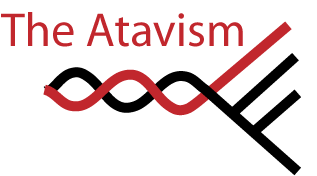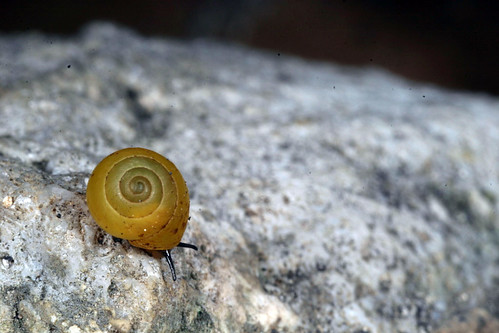Sunday, December 13, 2009
Sunday Spinelessness - a snail!
So far, every single post in the Sunday Spinelessness series has been an arthropod. That's not surprising in terms of numbers - by any sensible metric arthropods are the most successful animals on earth. They include about 90% of described species and only nematodes could get close to springtails and ticks in terms of numbers of individuals. Still, it's a shame to use a series of posts aimed at highlighting some of the overlooked creatures around us and just ignore 35 phyla each as different from each other as arthropods are from us chordates. Especially if you study landsnails for a living!
Allow me to introduce you to Orobophana pacifica
O. pacifica is one of the snails I collected in my field trip to the Cook Islands as a bit of a back up plan - if the species I focused on turned out to be dull then I could fall back on studying these guys. In fact, the species I've focussed on have turned out to be, in my own estimation, pretty exciting so I haven't spent any time trying to understand O. pacfica which is a pity because they're pretty cool snails. They are tiny (the shell is around 5mm diameter) and live on coral rubble mainly around the coast on each of the Southern islands in the Cook Islands. Even though they live on land they aren't closely related to the "true" landsnails in the order Stylommatophora. To see the difference you need to look into their eyes. If you click on the image above to get a high resolution version you might just be able to see the eye - it's a black dot just underneath the tentacles ("feelers"). In true landsnails like the ones you find in you garden the eyes sit on the ommatophores, a second set of tentacles which are retractable. Orobophana sits inside a family of snails called the Helicinidae which represent an invasion of the land by snails distinct from that which gave us the "true" landsnails.
O. pacifica plays an important part in Cook Island's culture especially in the southern most island Mangaia. The Māori name for the snail is pūpū and locals have traditionally laced the shells together to make necklaces called 'ei pūpū - you can see some examples in Te Papa's online collections. In Mangaia at least the tradition is kept up - the process of making 'ei pūpū is taught at school and you can buy Mangaian necklaces in Rarotonga (though they are often sold alongside much cheaper Chinese manufactured necklaces). Peter Buck recorded six different names for types of pūpū in his Material Culture of the Cook Islands - it's likely one of those names represents a distinct Helicinid species while the others may represent rare varieties of shell within O. pacifica.
Labels: Cook Islands, Helicinidae, sci-blogs, snails, sunday spinelessness



